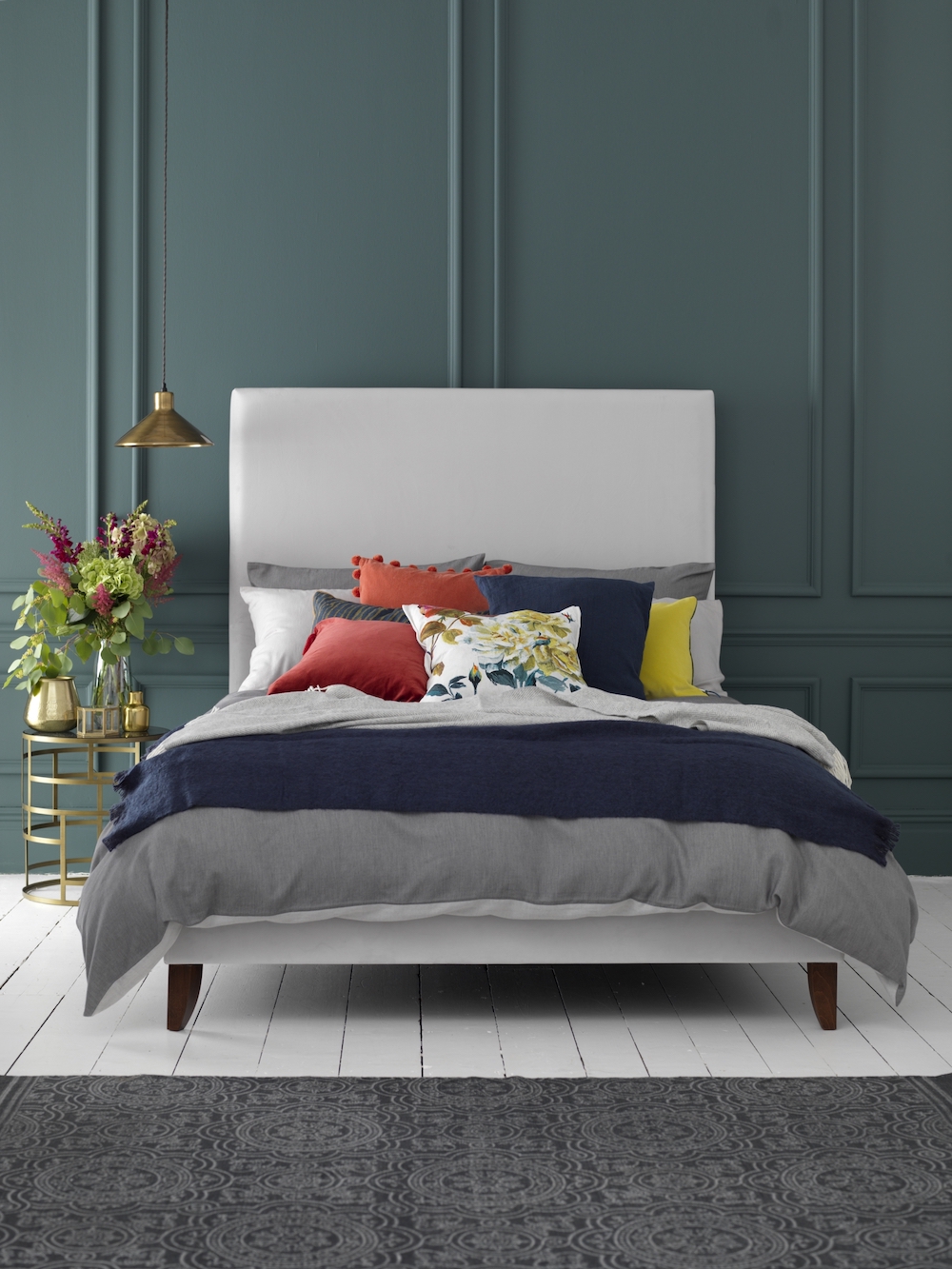Art performs a number of public functions. Aesthetic forms taste, allows you to reproduce reality according to the canons of beauty. The social renders ideological influence, transforms social reality. Compensatory fills the lack of beauty and harmony in everyday life, hedonistic – brings pleasure to man. The cognitive function makes it possible to understand reality with the help of artistic images, educational – it forms the personality of a person. Functional art represents fine art which serves utilitarian purposes. It includes all the things we may see in our daily life from lightning and furniture to small decorative elements. We can say that functional art has regards more to usefulness rather than beauty or ornamentation.
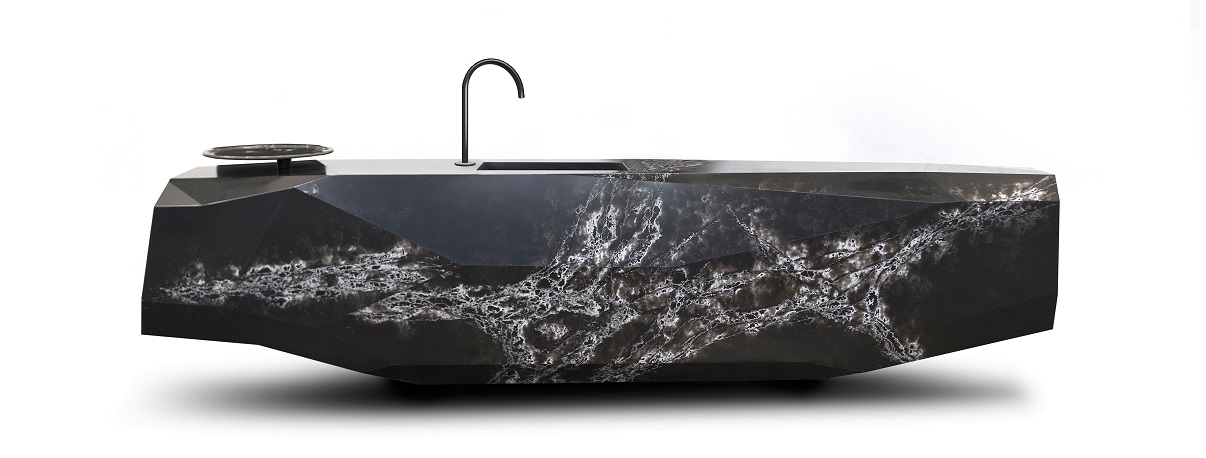
Quartz Rock by Arik Levy made with Ice Black from the Ice of Genesis Collection by Arik Levy
Clear quality art like drawings, paintings, plays, and poems are made with inner cause and motive to come up with tasteful artistic experiences. But when we speak about interior or industrial design purposes, functional side of the equation plays a role in the design process, because the intent of the design is not judged from the beauty or aesthetic aspects, but also it should be functional and handy. Modern designers and artists had a hard time battling against persuasive traditionalist designers. Then they found that an effective procedure was that to highlight that their designs were more functional and efficient than the traditional designs.
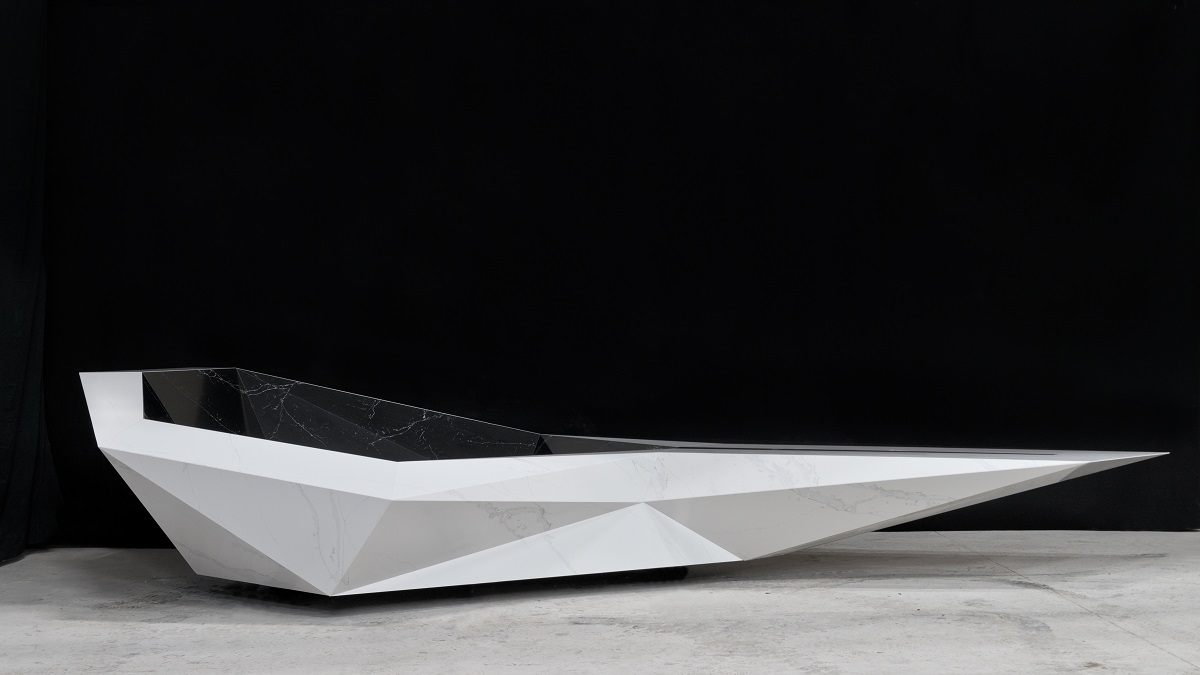
Hammam made with Unique Marquina™ and Unique Calacatta™ by GG Architects.
Subsequently, indeed even in case that the design of a house was to a great extent based on geometrical standards (and in this way on “unadulterated” stylish contemplations), it was more convenient to speak to it as based on standards of Functionality.
As a functional artwork of art, an object is considered to be designed and created primarily from the point of view of use and at the same time to have its own aesthetic or artistic aspect. Artistic aesthetics are combined with practical usability. The aim of functional art is to merge art and everyday life: through the link with functionality, the work of art should become directly tangible and fit into usual daily life.
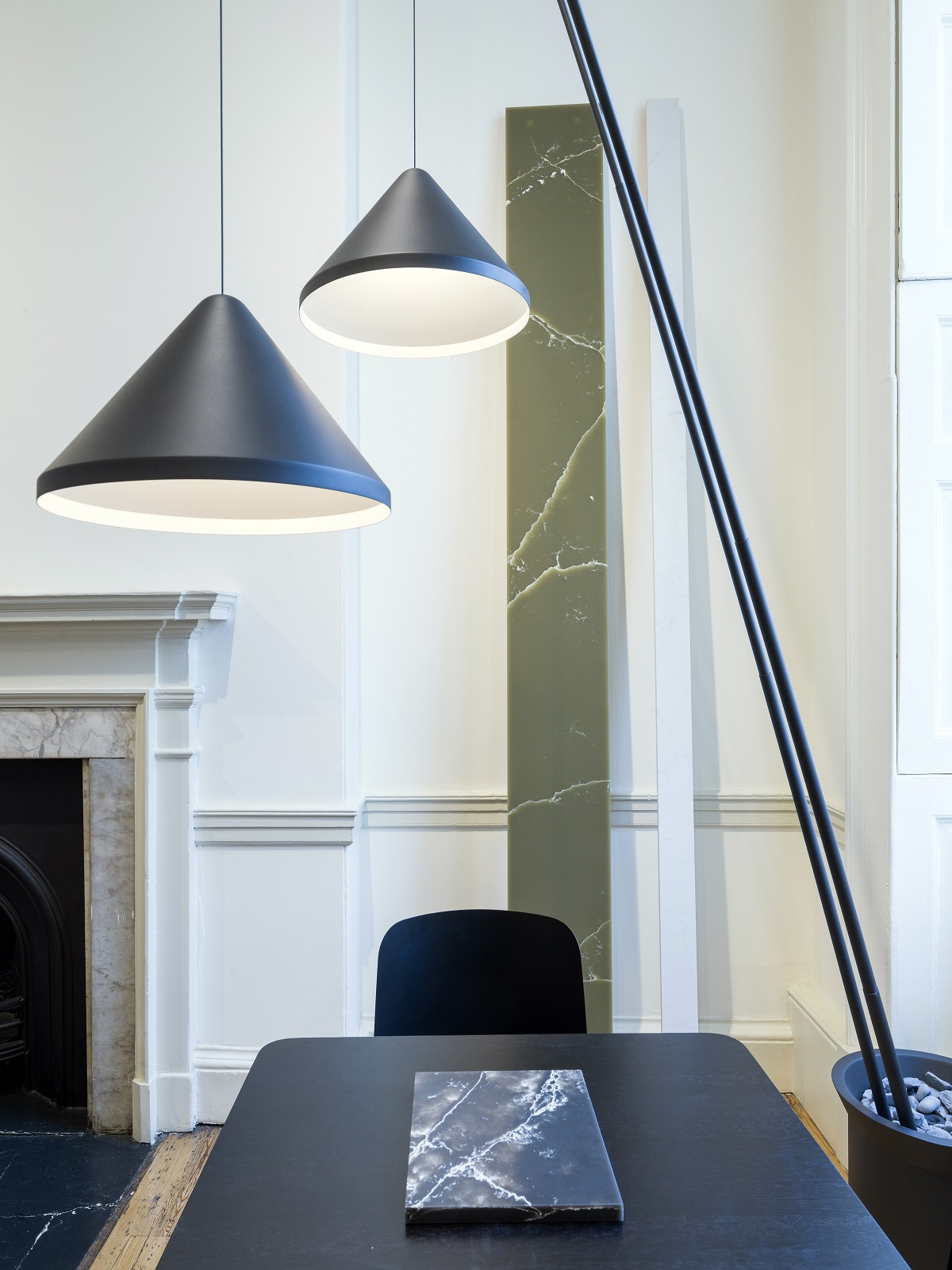
Mineral Gravity by Arik Levy for COMPAC ©Andrew Meredith
Functional art is designed to make us rethink the way we look at ordinary things, sometimes by using unusual materials in their construction or changing its forms to be modern or depending on the client request.
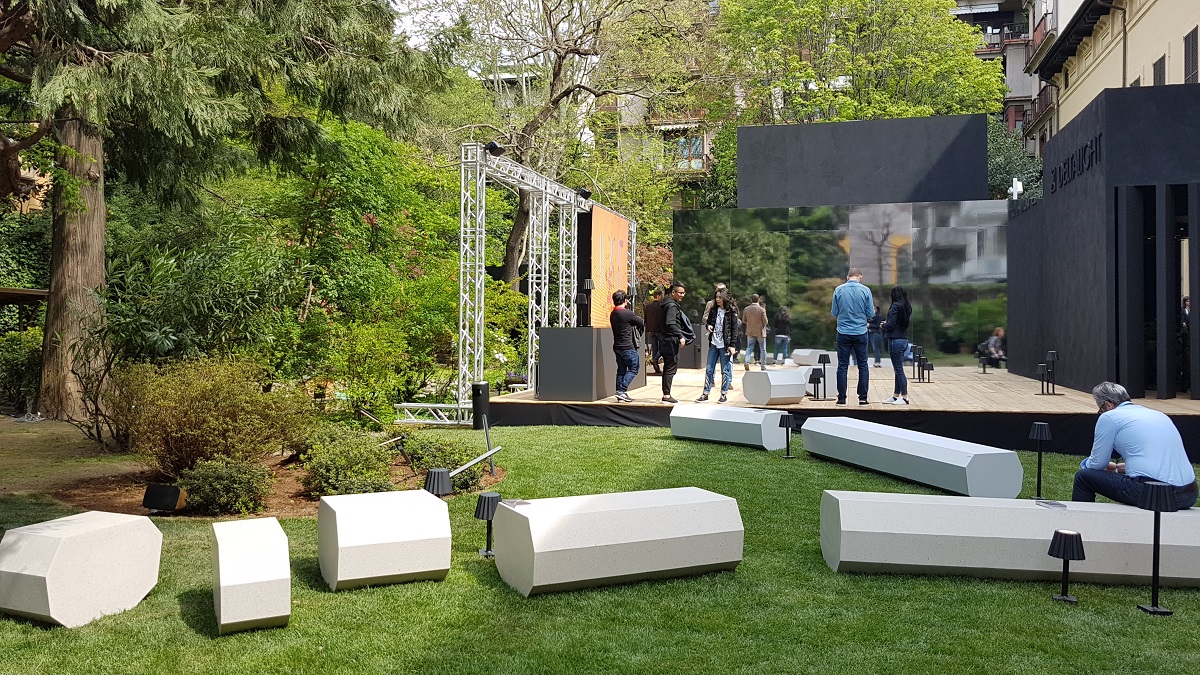
Urban Log made with COMPAC’s engineered marble by Arik Levy for Salone del Mobile Milano
The New York Museum of Modern Art was first of the museum which demonstrated the importance of functional art by establishing its own section of architecture and design objects in 1932, which emerged in the course of the twentieth-century art. The collection included a wide range of objects that share the same function as objects of everyday use such as household items like crockery and furniture, technical equipment from the radio, the music box and turntable to racing cars and helicopters. This collection is still presented under changing aspects in special exhibitions. Museum of Modern Art has also opened a dedicated design store where visitors can take home examples of contemporary functional art.
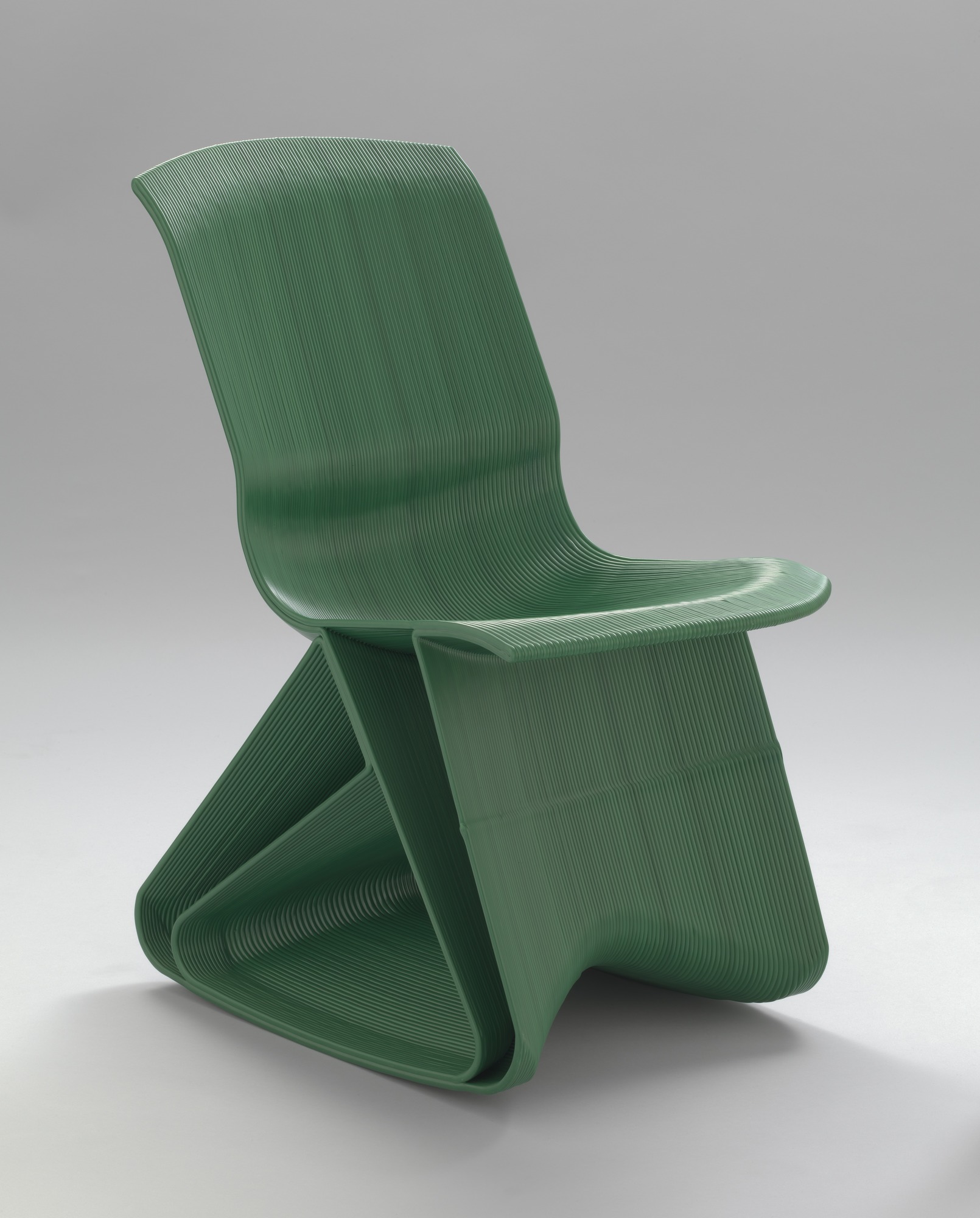
Endless Flow Rocking Chair by Vander Kooij’s. ©MOMA
Today many functional art objects are purchased by art collectors and fine artists and are appreciated just as much for their beauty as their use value. For example pottery of ancient Greece while still capable of performing their originally intended function, are prized for their historic and aesthetic value more than anything else.
Functional art can be seen widely used in interior design nowadays. Consumers with a great pleasure buy arts or crafts concerned with the design and manufacture of beautiful objects that are also functional. Decorative walls can be selected as an example of functional art where except serving their primary function of being separated elements, they also highly express the beauty in interior space.
The built environment uses form and function of furniture and decorative elements of interior design as an important aesthetic factor. Functional art species impressively display elegance and craftsmanship suitable for contemporary home decoration. Many interior designers and teams try to bring remarkable art world into furniture design. Generally, the satisfaction of functional requirements in most cases contributes positively to aesthetic value and beauty.
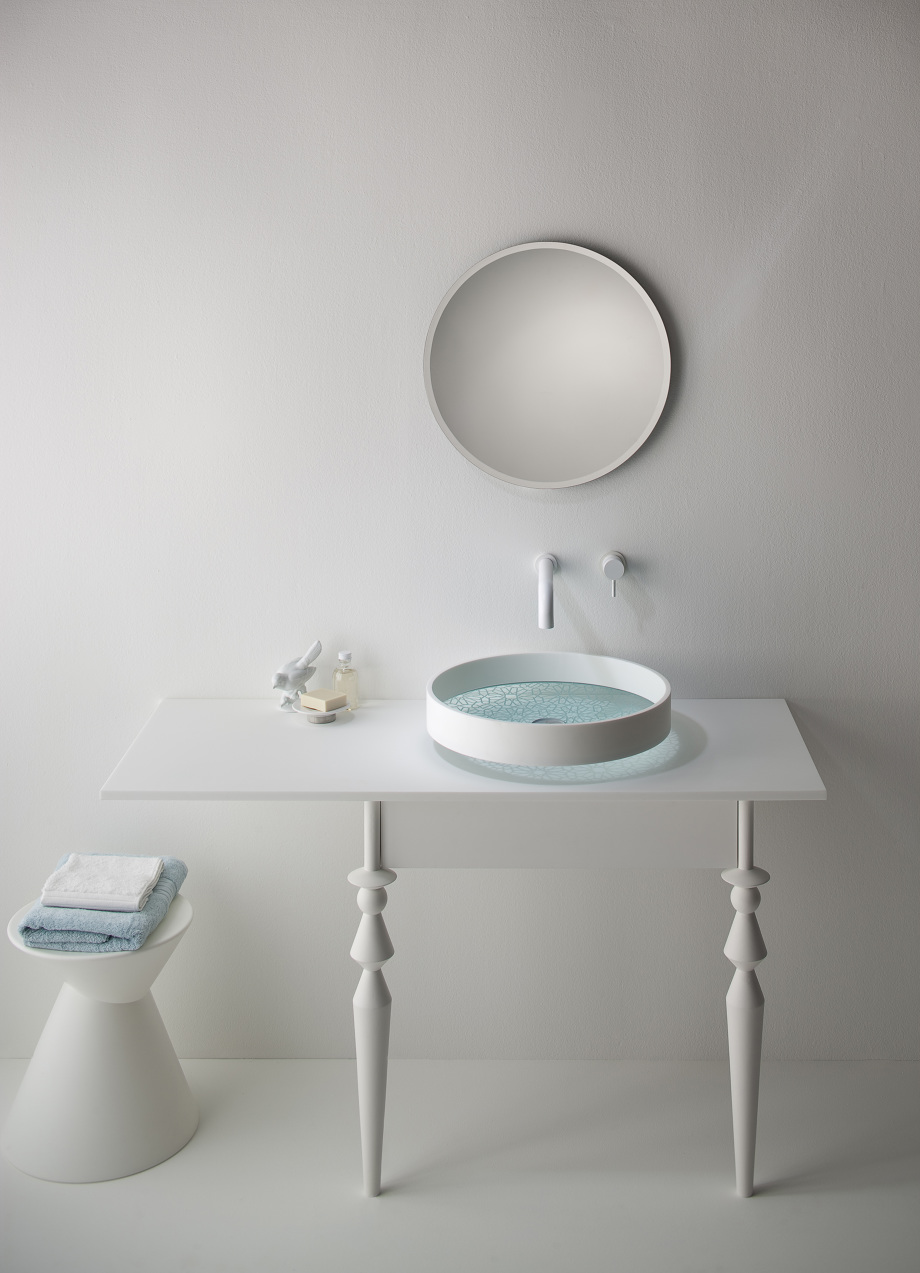
MOTIF 2011 for OMVIVO by Thomas Coward
With technology development every single day and the manufacturing of new building materials, more options were introduced to the market what allowed designers and manufacturers to design with more creativity. Also with the sustainability movement and sustainable design options right now, we can see more interior designers and industrial designers went with this path, original designs of furniture, tools and even houses were completely designed to be manufactured from recycled plastic bottles, fabrics, and glass.
Combination of functional and artistic is probably the best variation happened to a modern, urban person of our century. Functional art in interior design and beautifully decorated living spaces are the basis for the embodiment of a cozy atmosphere in which harmony and well-being reign. When you want to bring some beauty into your everyday life, functional art is a great way to do so.

